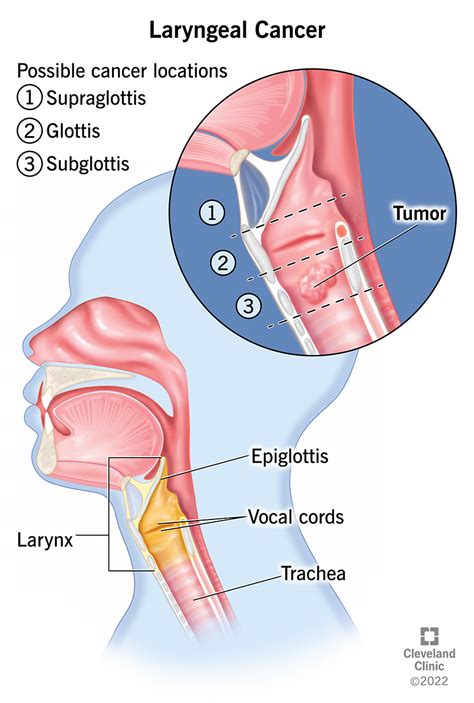The Larynx: A Vital Structure for Voice and Breathing
The larynx, commonly known as the voice box, is a crucial organ located in the neck, responsible for producing sound (voice) and protecting the airway during swallowing. It is composed of several cartilages, ligaments, and muscles, all working in concert to facilitate its complex functions. Among these cartilages, one particular structure stands out due to its varying prominence between sexes.

The Thyroid Cartilage: Forming the Adam’s Apple
The specific cartilage in the larynx that is typically more pronounced in men, often forming the ‘Adam’s apple’, is the thyroid cartilage. It is the largest of the laryngeal cartilages and forms the anterior (front) and lateral (side) walls of the larynx, essentially encasing the vocal cords.
In men, during puberty, the larynx undergoes significant growth due to the influence of male hormones, primarily testosterone. This growth is particularly evident in the thyroid cartilage, where its two laminae (plates) meet at a more acute angle in the midline. This sharper angle creates a distinct forward projection known as the laryngeal prominence – the anatomical term for the Adam’s apple.

Why the Difference Between Sexes?
The increased prominence of the thyroid cartilage in men is a secondary sexual characteristic. Before puberty, boys and girls have similar laryngeal structures. However, with the onset of puberty, a surge in testosterone in males triggers a rapid enlargement of the larynx, including the thyroid cartilage. This growth also causes the vocal cords (vocal folds) within the larynx to lengthen and thicken. Longer and thicker vocal cords vibrate at a lower frequency, which is why adult men typically have deeper voices than women and pre-pubescent boys.
In contrast, female larynges also grow during puberty, but to a lesser extent, and the angle formed by the thyroid cartilage laminae is wider. This wider angle results in a less noticeable or entirely absent laryngeal prominence in women, though they possess the same thyroid cartilage structure.

Functions of the Larynx and Its Cartilages
Beyond forming the Adam’s apple, the thyroid cartilage, along with other laryngeal cartilages, plays a crucial role in the overall function of the larynx:
- Voice Production: It provides a protective casing for the delicate vocal cords, which vibrate to produce sound when air passes over them.
- Airway Protection: It helps to prevent food and liquid from entering the trachea (windpipe) during swallowing, directing them instead into the esophagus. The epiglottis, another laryngeal cartilage, works in conjunction with the thyroid cartilage to achieve this.
- Breathing Regulation: The cartilages maintain an open, rigid airway for unimpeded respiration.
While the thyroid cartilage is the largest, other important cartilages include the cricoid cartilage (a complete ring forming the base of the larynx), the paired arytenoid cartilages (involved in vocal cord movement), and the epiglottis (a leaf-shaped cartilage that closes off the trachea during swallowing).
Conclusion
The thyroid cartilage is indeed the specific laryngeal cartilage responsible for the ‘Adam’s apple’, a prominent feature commonly observed in men. Its greater projection in males is a direct result of hormonal changes during puberty, leading to an enlarged larynx and the characteristic deepening of the voice. This anatomical distinction highlights the fascinating interplay between hormones, anatomy, and physiological function in the human body.




